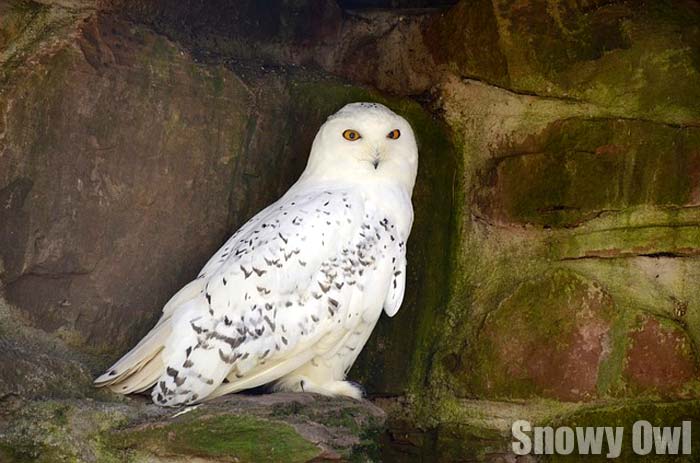
This type of owl is particularly large for owls in both the families and is found in the Arctic tundra of North America and Eurasia. It uses a hole in the ground as a nest for its family. Snowy owls prefer places without trees.
| Kingdom | Order | Family | Genus | Species |
|---|---|---|---|---|
| Animalia | Strigiformes | Strigidae | Bubo | B. scandiacus |
![]()

Anatomy
The length of an adult snowy owl ranges from 52 – 71 cm. Their height is anywhere between 55 – 75 cm. The wingspan of an adult ranges from 126 – 145 cm. The weight of an adult ranges from 1600 – 2950 g. Its tail length is 8 ¾ – 10 ¾ in. The females of this species are just a tiny bit bigger.
Their eyes are golden yellow but they are pretty small compared to other owl species.
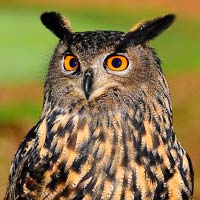
Appearance
Male Plumage: The males of this species have dark brown feathers when they are little, but after they grow up they turn white, but a little brown stays.
Female Plumage: It is the same case for females except for that the females keep most of the dark brown for their whole life.
Documentary
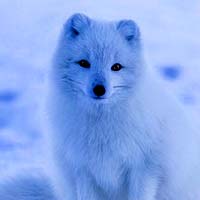
Predators
The biggest predator of snowy owls are arctic foxes, but other animals try to steal their eggs.
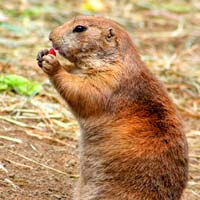
Diet
This species eats lemming and other small animals. Lemmings hide from predators by hiding under snow but the snowy owls have excellent hearing so it can hear even a slight movement from the lemming. After the owl is sure it hears a lemming, it bursts the snow and picks up the lemming. They also eat big mammals such as hares, rats, muskrats, as well as other animals like fish.

Lifespan
The lifespan of this owl averages about 9.5 – 10 years but if in captivity, they can live for as long as 28 years.
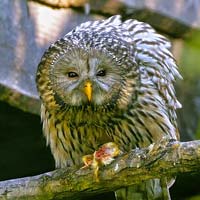
Interesting Facts
- Did you know that the snowy owl is the owl Harry Potter had? Here is a list of some of the species of owls used in Harry Potter:
- Snowy Owl
- Great Gray Owl
- Eurasian Scops Owl
- Eagle Owl
- Screech Owl
- Snowy owls are diurnal which means that instead of being awake at night, they are awake at day like us humans.
- Most of the time, the females lay 3 – 11 eggs at a time.
- The snowy owls can fly at a speed of 80 km/h.
- The national animal of Quebec is none other than the snowy owl!
- They have a lot of names: Arctic owls, great white owls, white owls, American snowy owls, snow owls, ghost owls, tundra ghosts, ookpiks, Scandinavian nightbirds and highland tundra owls and more.
- Did you know that the snowy owl is the owl Harry Potter had? Here is a list of some of the species of owls used in Harry Potter:

Subspecies
This species has no subspecies.
Cite This Page
References
- [1] – “What is the snowy owl’s habitat”. Accessed July 22, 2017. Link.
- [2] – “Snowy Owl, Life History, All About Birds – Cornell Lab of Ornithology”. Accessed July 22, 2017. Link.
- [3] – “Read This if You are Wondering How Long Snowy Owls Live”. Accessed July 22, 2017. Link.
- [4] – “Snowy Owl | Basic Facts About Snowy Owls | Defenders of Wildlife”. Accessed July 22, 2017. Link.
- [5] – “Snowy Owl”. Accessed July 22, 2017. Link.
- [6] – “Snowy Owl – Bubo scandiacus – Common names – Encyclopedia of Life”. Accessed July 22, 2017. Link.
- [7] – “SNOWY OWL FACTS”. Accessed July 22, 2017. Link.
- [8] – “Snowy Owl Biology – Owling.com”. Accessed July 22, 2017. Link.










